 WhatsApp
WhatsApp
 Call Us
Call Us
 Email Us
Email Us
 Whatsapp Community
Whatsapp Community
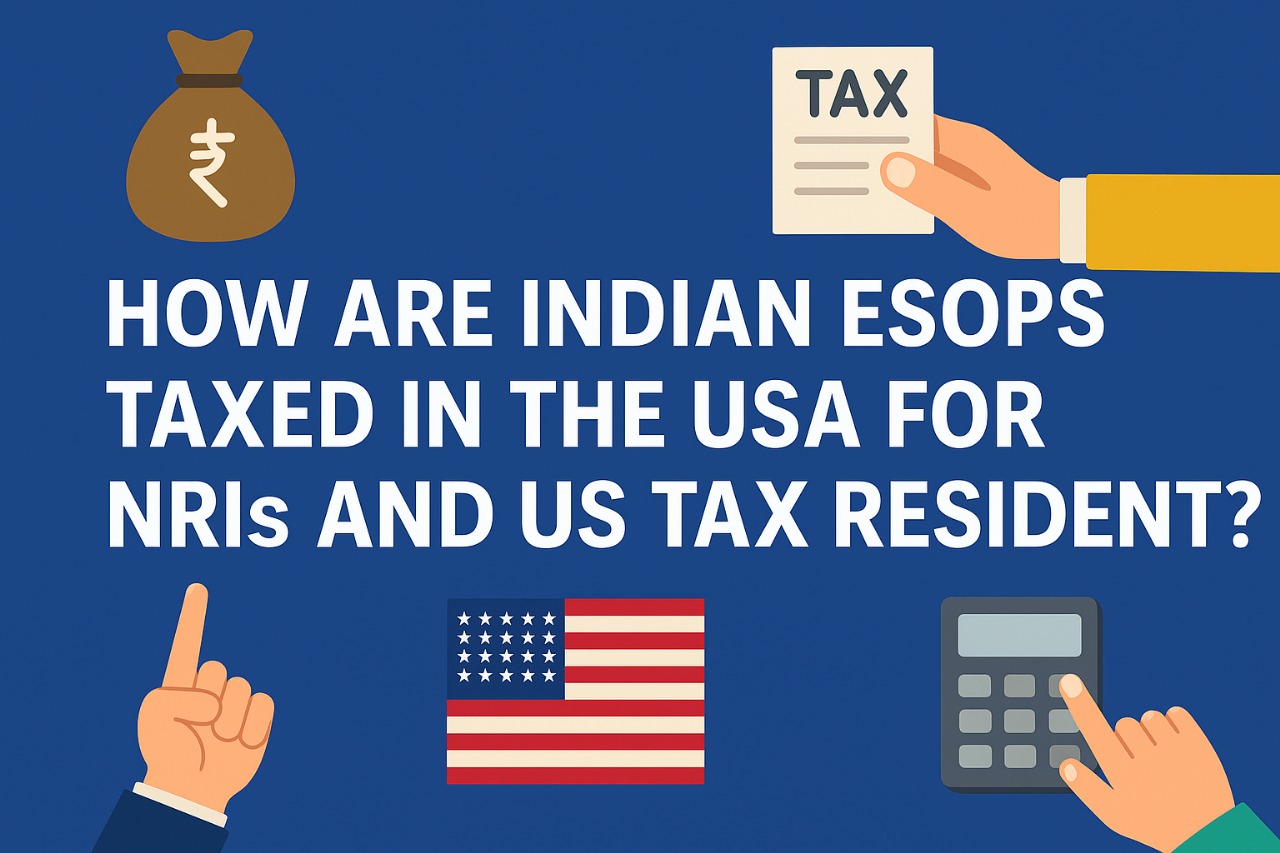
Everything NRIs need to know about ESOP taxation in India and the US, double taxation, Form 1116, and IRS compliance
If you're an NRI living in the USA, a Green Card holder, or a US tax resident, you are required to report your global income to the Internal Revenue Service (IRS), which includes any Employee Stock Option Plans (ESOPs) received from Indian companies.
In this comprehensive guide, we explain:
If you are working with an Indian company that grants you ESOPs, here’s how the taxation works in India:
When your stock options vest and you choose to exercise them, the difference between the Fair Market Value (FMV) on the exercise date and your exercise price is treated as salary income.
Example:
Let’s say Ankit, an Indian professional now living in the US, exercised 200 stock options in 2023:
This perquisite income is taxable in India under the head "Income from Salary", and taxes are deducted by the employer via TDS (Tax Deducted at Source).
The IRS taxes global income, so foreign ESOP income is also subject to US tax. If you're a tax resident of the USA, you must:
Continuing the Example:
Important: The tax credit allowed is limited to the amount of US tax applicable on that foreign income. Always consult a cross-border tax expert to calculate the maximum allowable foreign tax credit.
Once you exercise the ESOPs, you may eventually sell the shares. Here’s how that transaction is taxed:
Long-Term Capital Gains (LTCG)
Short-Term Capital Gains (STCG)
Example:
If Ankit sells 200 shares at ₹450/share:
In the US, capital gains from the sale of foreign shares (including Indian ESOPs) are fully taxable:
Even if the gains are tax-free in India, you must pay tax in the US.
The best way for NRIs to avoid double taxation on Indian ESOPs is to:
Work with a qualified NRI tax consultant or CPA familiar with cross-border taxation
| Form | Purpose |
| Form 1040 | Report total income including ESOP compensation |
| Schedule D | Report capital gains from sale of ESOP shares |
| Form 1116 | Claim foreign tax credit for taxes paid in India |
| Form 8938 | Report foreign financial assets, if thresholds apply |
| FBAR (FinCEN 114) | Report foreign bank and brokerage accounts |
Employee Stock Options from Indian companies can be extremely rewarding, but they bring complex tax obligations—especially when you live in the United States. With the right NRI tax planning, record-keeping, and professional support, you can legally reduce or eliminate double taxation.
Let our expert NRI tax advisory services, a part of our comprehensive NRI consultancy services, help you stay compliant and tax-efficient.
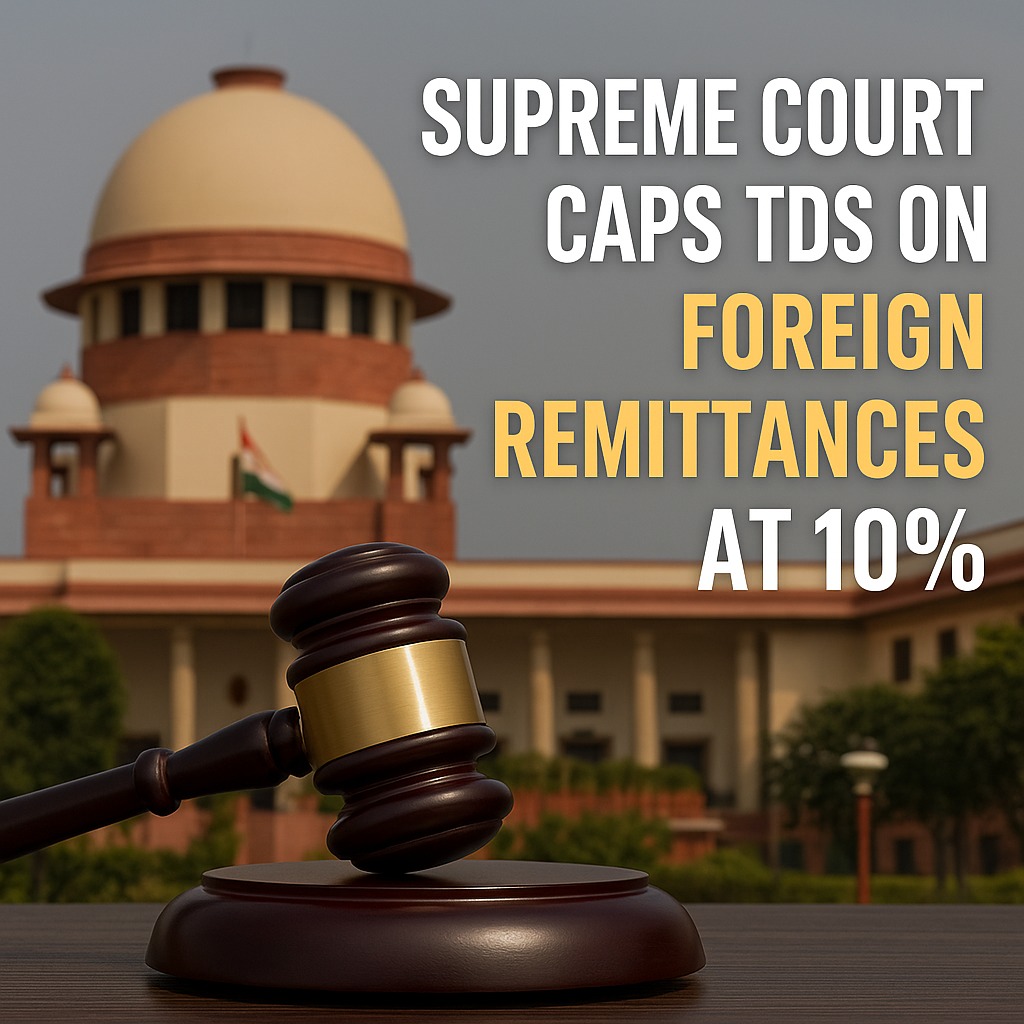
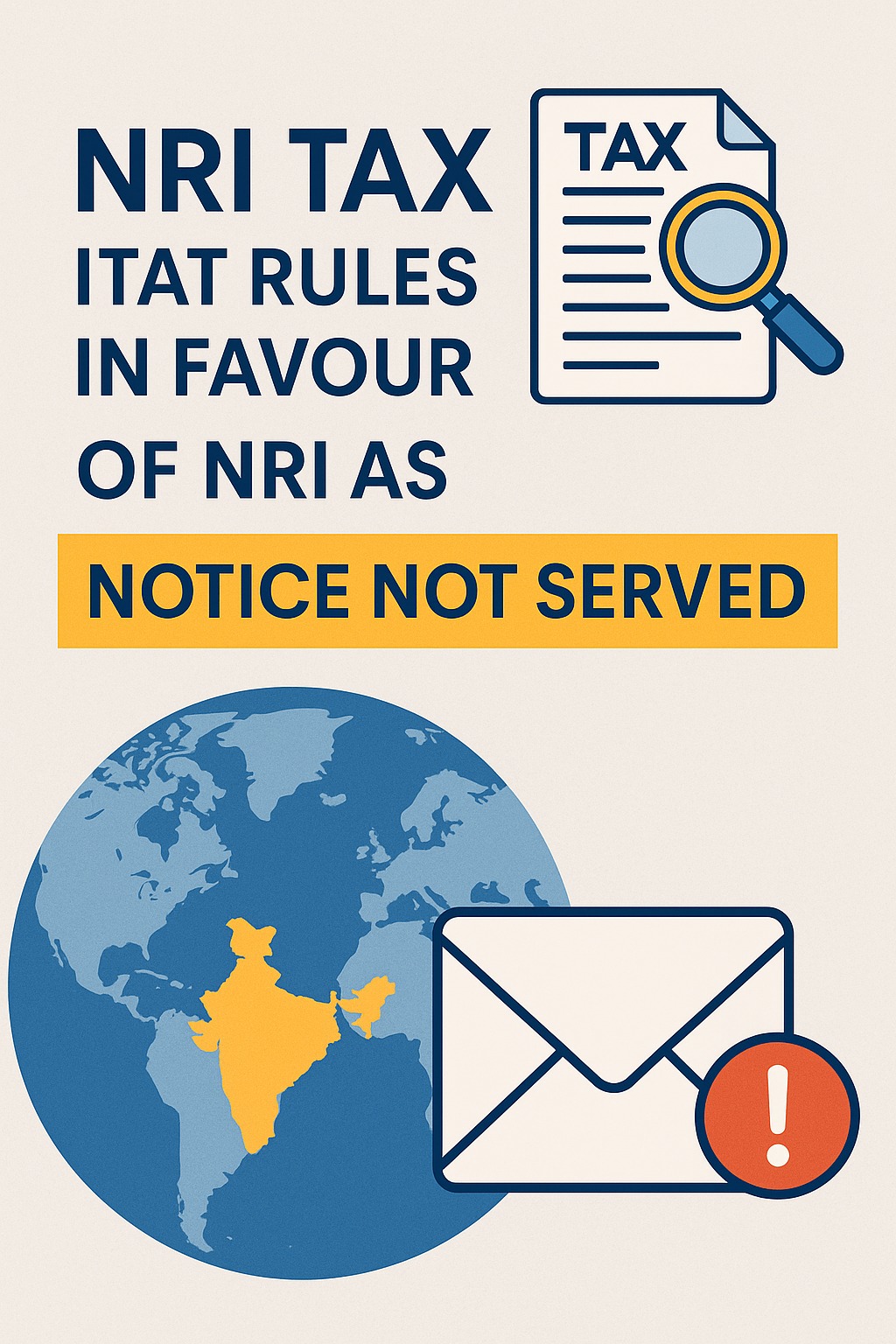


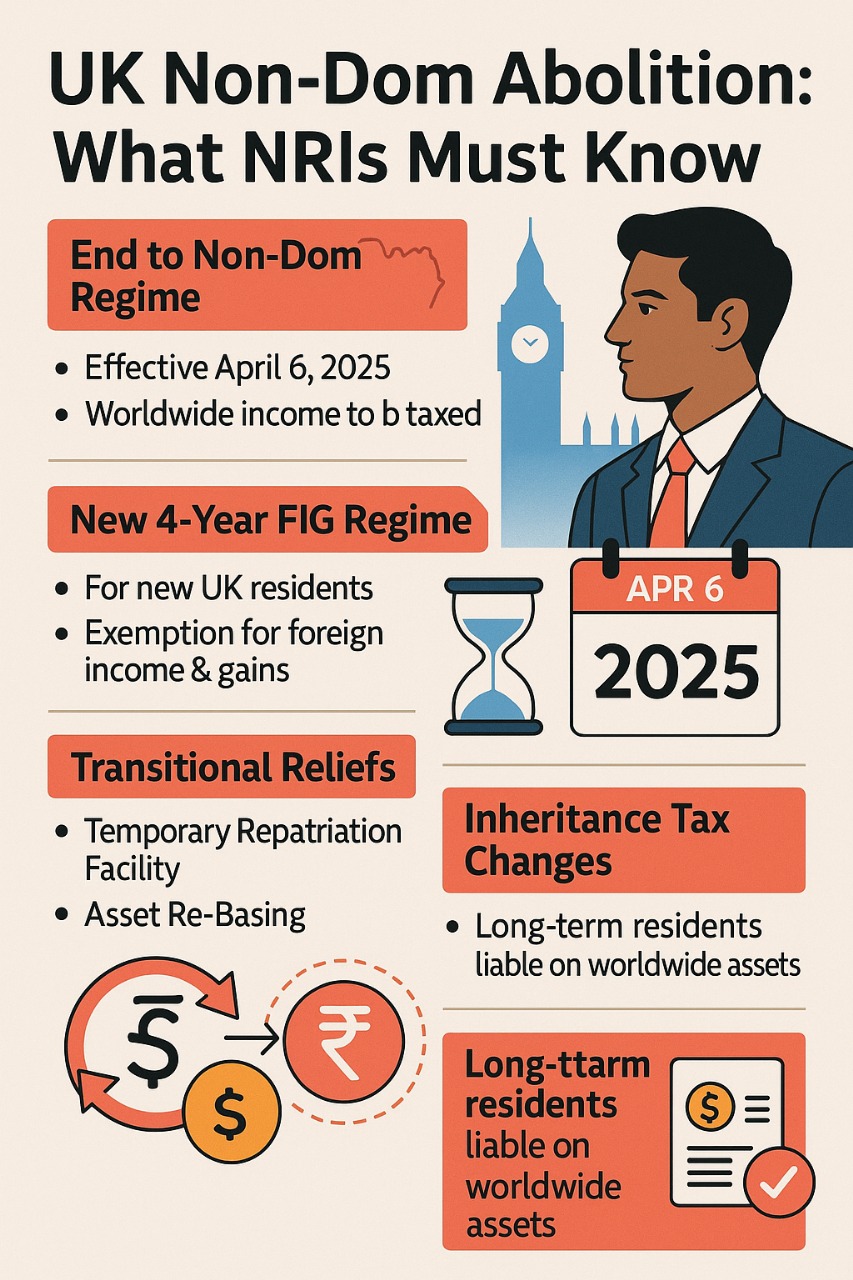

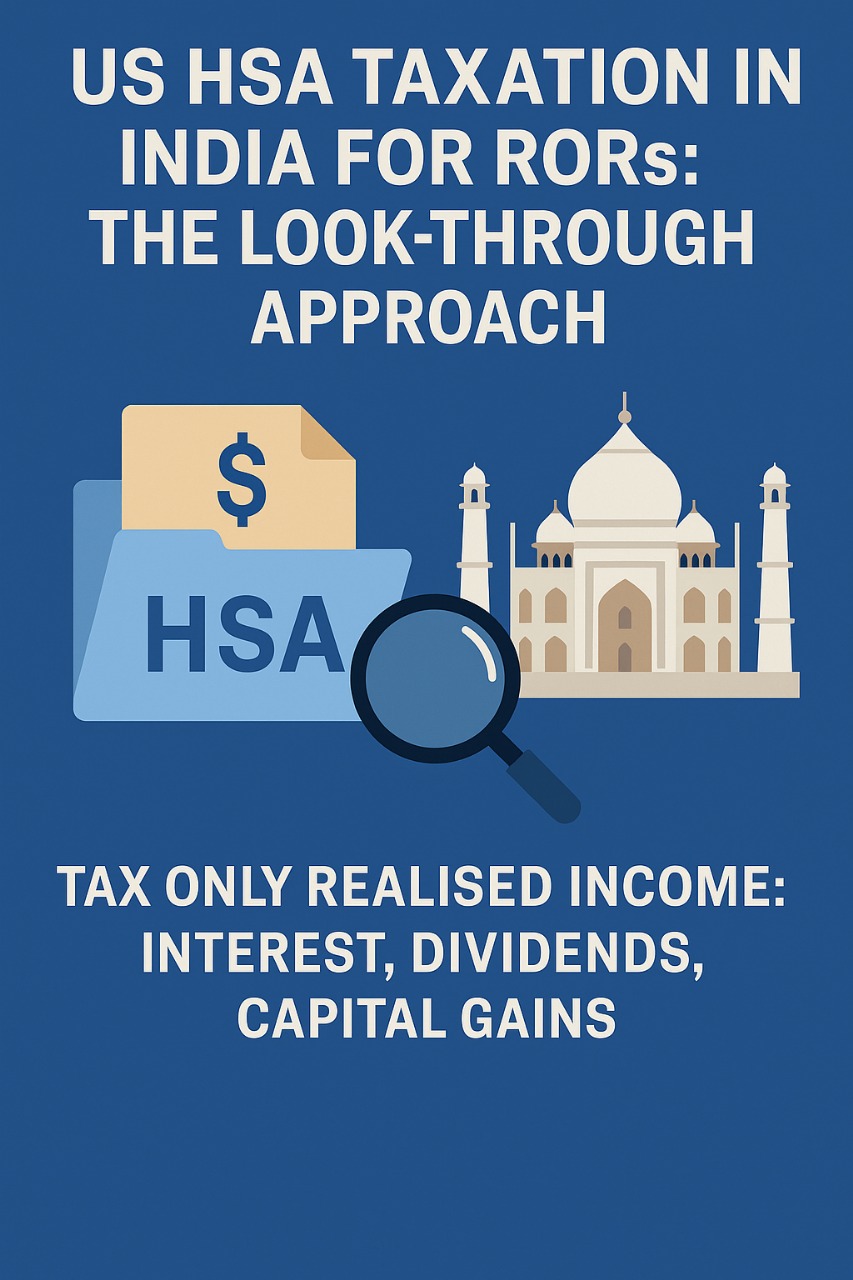
Stay in the loop, subscribe to our newsletter and unlock a world of exclusive updates, insights, and offers delivered straight to your inbox.